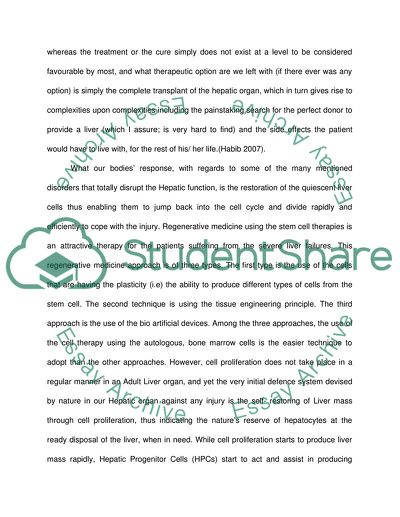Cite this document
(Role of Haematopoietic Stem Cells in Liver Repair Research Paper, n.d.)
Role of Haematopoietic Stem Cells in Liver Repair Research Paper. Retrieved from https://studentshare.org/health-sciences-medicine/1735893-role-of-hematopoietic-stem-cells-in-liver-repair
Role of Haematopoietic Stem Cells in Liver Repair Research Paper. Retrieved from https://studentshare.org/health-sciences-medicine/1735893-role-of-hematopoietic-stem-cells-in-liver-repair
(Role of Haematopoietic Stem Cells in Liver Repair Research Paper)
Role of Haematopoietic Stem Cells in Liver Repair Research Paper. https://studentshare.org/health-sciences-medicine/1735893-role-of-hematopoietic-stem-cells-in-liver-repair.
Role of Haematopoietic Stem Cells in Liver Repair Research Paper. https://studentshare.org/health-sciences-medicine/1735893-role-of-hematopoietic-stem-cells-in-liver-repair.
“Role of Haematopoietic Stem Cells in Liver Repair Research Paper”, n.d. https://studentshare.org/health-sciences-medicine/1735893-role-of-hematopoietic-stem-cells-in-liver-repair.


